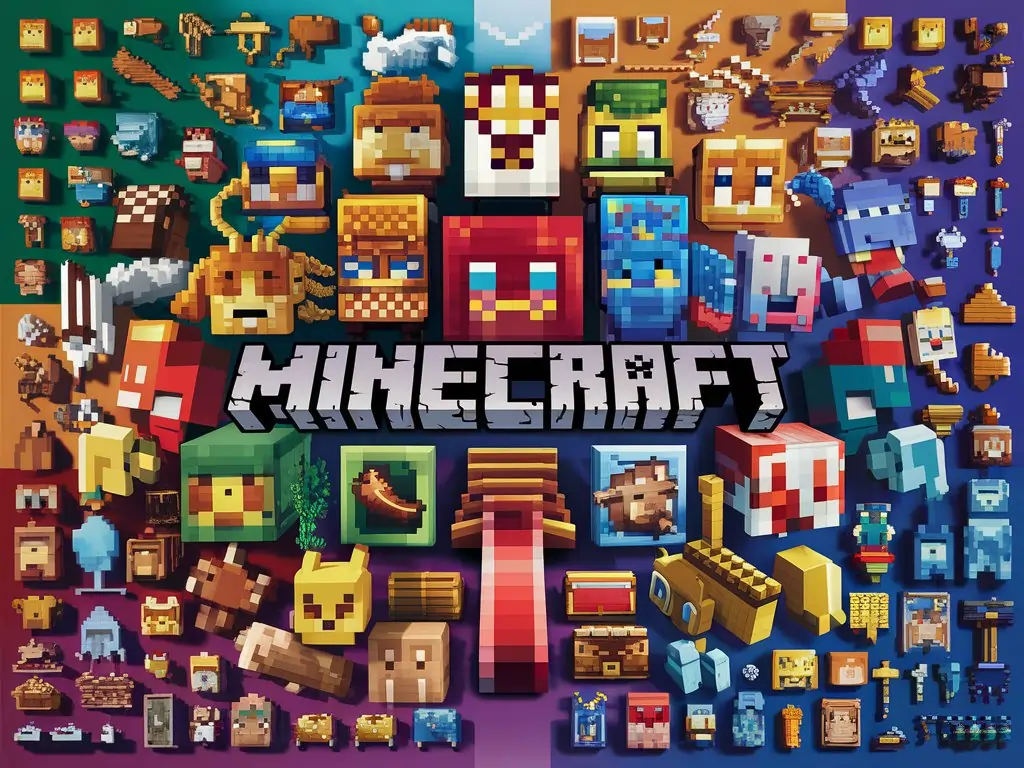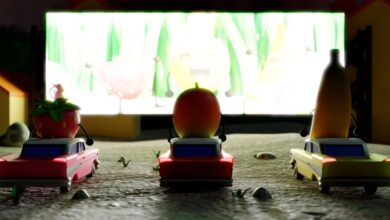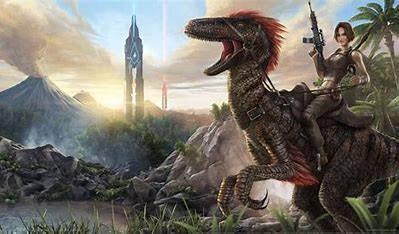Minecraft (2009) Game Icons and Banners: A Creative Journey

Minecraft, first released in 2009, is one of the most iconic and beloved games of all time. Developed by Markus Persson (Notch) and later taken over by Mojang Studios, the game introduced a blocky, pixelated world where players can explore, craft, and create their own adventures. While Minecraft’s open-ended gameplay has been the core reason for its popularity, game icons and banners have also become a vital part of the player experience, symbolizing creativity, customization, and identity within the game.
The Rise of Game Icons in Minecraft
Icons have always been a part of video games, but in Minecraft, they play a deeper role. Icons in the form of tools, weapons, and items have a visual simplicity that complements the pixel art style. Whether it’s the unmistakable pickaxe, sword, or the famous “Creeper” face, these icons have become instantly recognizable to millions of players worldwide.
These visual symbols represent more than just functionality—they’re part of the cultural identity of the game. Minecraft icons are often incorporated into fan art, memes, and even merchandise. The pixelated graphics that define these icons are a nod to the game’s humble indie beginnings, yet they’ve grown into a multi-billion-dollar cultural phenomenon.
Banners in Minecraft: A Canvas for Customization
One of the most exciting and customizable features in Minecraft is the ability to create and design banners. Introduced in the game’s 1.8 update, banners allowed players to express their creativity further by crafting detailed and unique flags. Using dyes and crafting tables, players can manipulate the shapes, patterns, and colors of their banners, displaying them on walls, shields, and more.
Minecraft’s banners serve as a form of personal and group identity within the game. Many players use banners to create flags for their factions in multiplayer servers, decorate their homes, or signal different areas in their worlds. The ability to craft something entirely custom gives players a sense of ownership over their in-game creations.
Game Icons and Banners as Symbols of Community
The shared experience of crafting banners and recognizing Minecraft’s icons has fostered a sense of community among players. Over the years, entire subcultures have emerged around designing and sharing banner patterns and icon packs. These creations can be exchanged through community websites, YouTube tutorials, and Reddit threads, further strengthening the bond between players and their shared love for Minecraft.
Players frequently showcase their banner designs on their shields during battle or display them at the entrance of their homes, acting as symbols of their creativity or group affiliations. Meanwhile, custom Minecraft icons, available through mods and texture packs, allow players to further personalize their worlds, making the game feel like a reflection of their own style.
The Legacy of Minecraft’s Visual Design
As Minecraft continues to evolve, so too do the game’s icons and banners. With each new update, players eagerly await new items, tools, and designs that can be incorporated into their worlds. However, the original icons and banners remain a nostalgic reminder of the game’s roots. The simple yet powerful visuals of the game have shaped Minecraft’s unique aesthetic, one that is loved by both veteran players and newcomers alike.
conclusion
the game icons and banners in Minecraft (2009) are far more than just visual elements—they are core to the game’s identity, a canvas for player creativity, and a symbol of the broader community. Whether you’re a solo player designing your dream world or part of a multiplayer faction showcasing your banner, these features offer limitless possibilities for expression, making Minecraft not just a game but a shared cultural experience.
This article explores the significance of Minecraft’s game icons and banners, highlighting how they contribute to creativity, customization, and the community within the game. The 2009 release set the stage for a global cultural impact, where these simple visual elements have taken on deeper meaning for millions of players worldwide.


